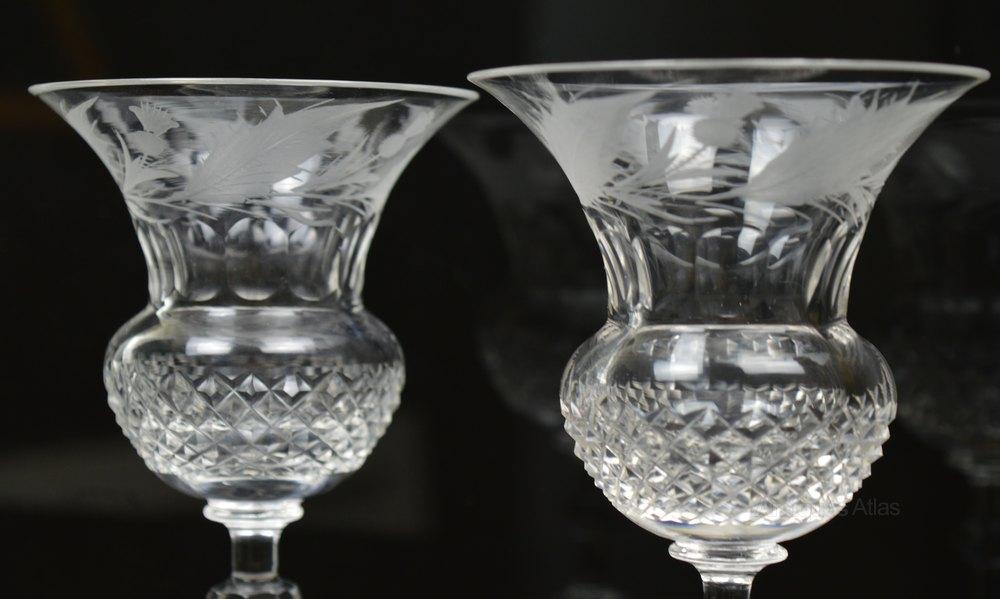Crystal clear British glass, 1450 - 1900
George Ravenscroft (1618–1681) was the first to produce clear lead crystal glassware on an industrial scale. The son of a merchant with close ties to Venice, Ravenscroft had the cultural and financial resources necessary to revolutionise the glass trade, setting the basis from which England overtook Venice and Bohemia as the centre of the glass industry in the eighteenth and nineteenth centuries. With the aid of Venetian glassmakers, especially da Costa, and under the auspices of the Worshipful Company of Glass Sellers of London, Ravenscroft sought to find an alternative to Venetian cristallo. His use of flint as the silica source has led to the term flint glass to describe these crystal glasses, despite his later switch to sand. In 1681, the year of his death, his patent expired and operations quickly developed among several firms, where by 1696 twenty-seven of the eighty-eight glasshouses in England, especially at London and Bristol, were producing flint glass containing 30–35% Pb
THE ARTS SOCIETY ACCREDITED LECTURER

Mr Simon Cottle
OTHER EVENTS
Canaletto spent some time painting in this country.
A get together for our new 2025 members.





